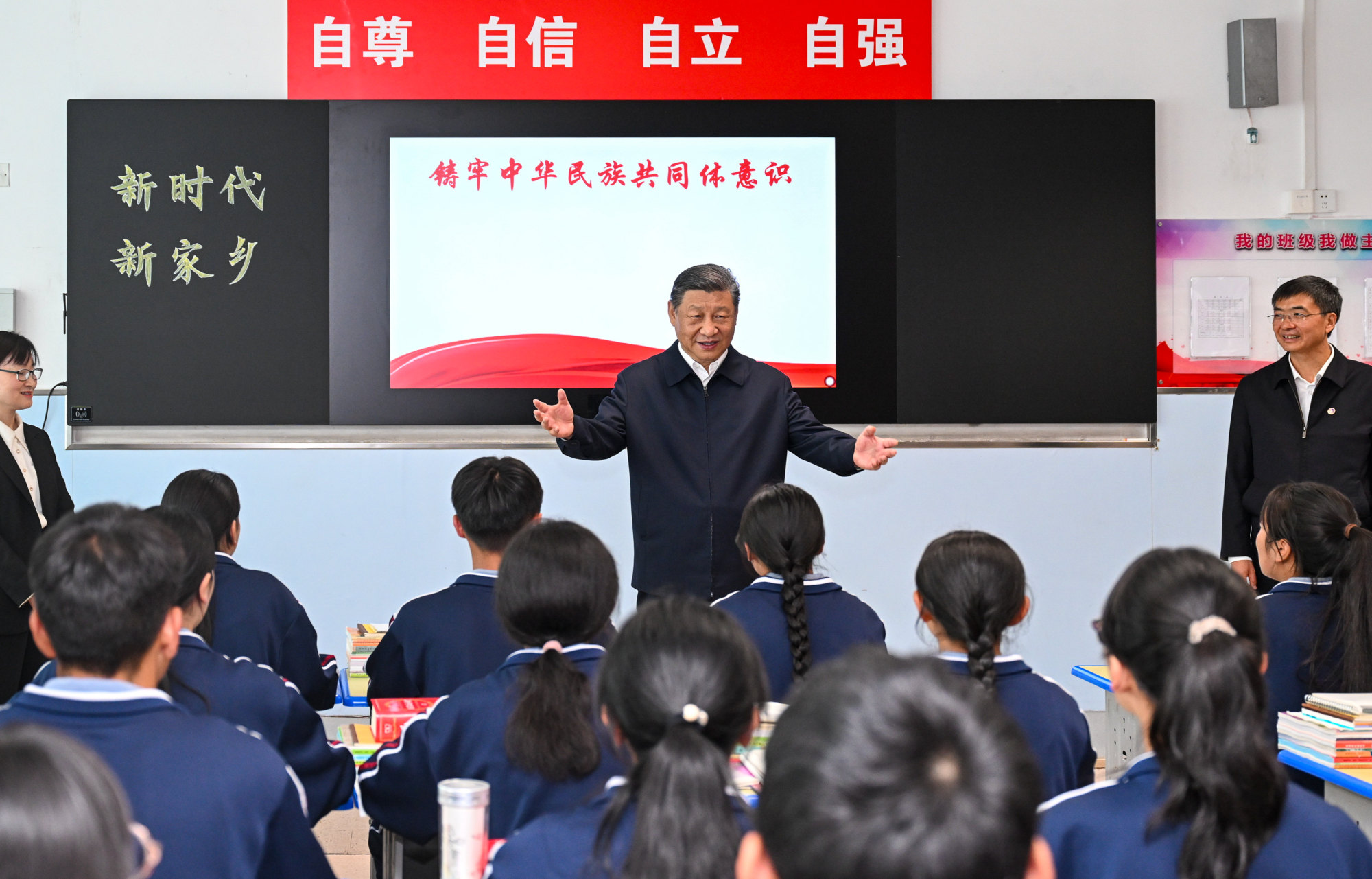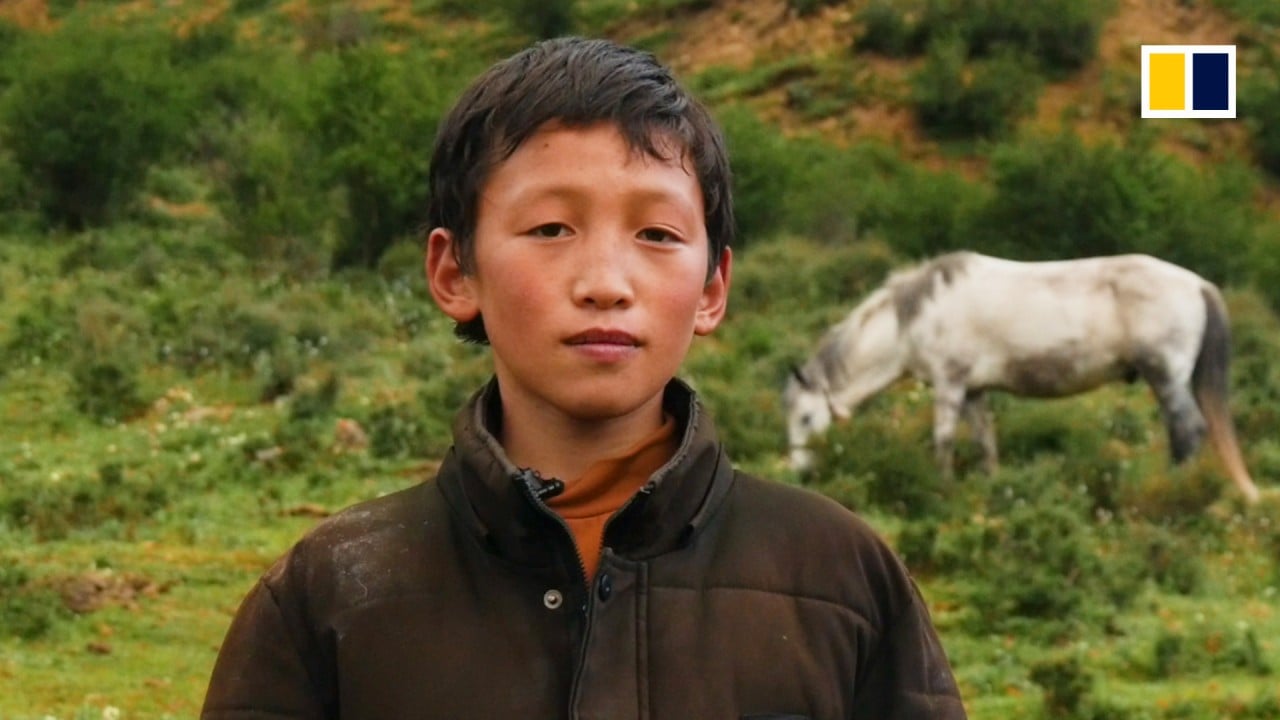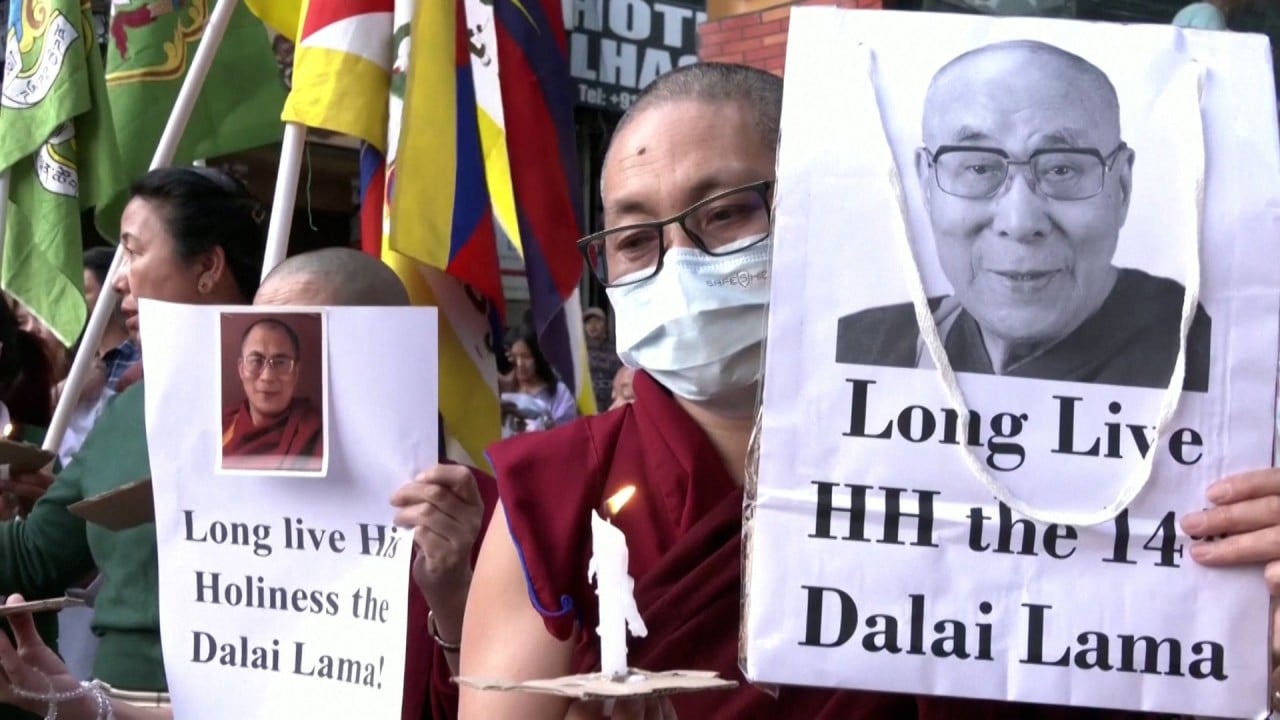Chinese President Xi visits Tibetans and temple in western China, calls for ethnic unity
Xi’s inspection was reportedly focused on local efforts to deepen education to forge “a strong sense of community for the Chinese nation” and strengthen the tradition of “love for both the country and the religion” of Tibetan Buddhism, as well as education support from more developed eastern provinces.
He also met provincial party and government representatives on Wednesday and stressed the province’s “great mission” to preserve ecological security, according to Xinhua.
The province shares the Tibetan Plateau with the Tibet autonomous region and is rich in petroleum, natural gas, and lithium.
The president sent a signal for ethnic unity as a plenary session of the Central Committee of the Communist Party of China – to unveil economic and social development strategies for the coming decade – is set to convene next month.
His trip came at the time when tensions are simmering between the US and China over the issue of Tibet.
A seven-member US congressional delegation met the 14th Dalai Lama, the exiled Tibetan spiritual leader whom China has described as “anti-China separatist activities under the cloak of religion”, in India on Wednesday and said they would not allow China to influence the choice of his successor and would pressure Beijing to resume talks with him.
The Dalai Lama, who fled China during the Tibetan Uprising in 1959, will turn 89 next month. Beijing has blamed him for bouts of ethnic unrest in Lhasa, the Tibetan capital, in the 1980s and again in 2008, upheaval that human rights groups blamed on the government’s repressive religious policies.
The Dalai Lama was born in Qinghai, where about half those living in the sparsely populated and remote inland province are non-Han Chinese, and most of those are Tibetan.
Xi last visited the province three years ago, when he described the northwestern province as “a strategic key place in maintaining stability in Xinjiang and Tibet”.

The Panchen Lama is considered the most revered religious leader of Tibet after the Dalai Lama.
Xi Zhongxun met the 10th Panchen Lama at Hongjue Temple on December 15, 1951, to discuss details of the Panchen Lama’s return trip as part of a treaty signed by Beijing and Tibet that year.
“They spoke for three hours in the temple, discussed a series of important matters, including the further implementation of the agreement on the peaceful liberation of Tibet and the specific arrangements for the 10th Panchen Lama’s visit to Tibet,” Xie said.
“That was one of the most significant meetings that forged the friendship between Xi Zhongxun and the Panchen Lama that lasted for more than four decades.”
A Qinghai official said the temple still kept Xi Zhongxun and the Panchen Lama’s meeting room untouched as a memorial to mark a historic friendship between the party leadership and Tibetan religious leaders.
Besides the senior Xi’s meeting with the Panchen Lama, Hongjue Temple has been a key historical gateway of communication and interaction between China’s central government and Tibetan Buddhist leaders, according to an ethnic and religious affairs researcher from the Chinese Academic of Social Sciences.
“When Princess Wencheng travelled to Tibet to marry the then Tibetan king Songtsen Gampo, she made a stop at Xining for a month to get herself ready for the higher altitude in Tibet around 641 AD. The stop later became Hongjue Temple,” the researcher said.
Many Panchen Lamas stayed in the temple after it was built in the Song dynasty.

